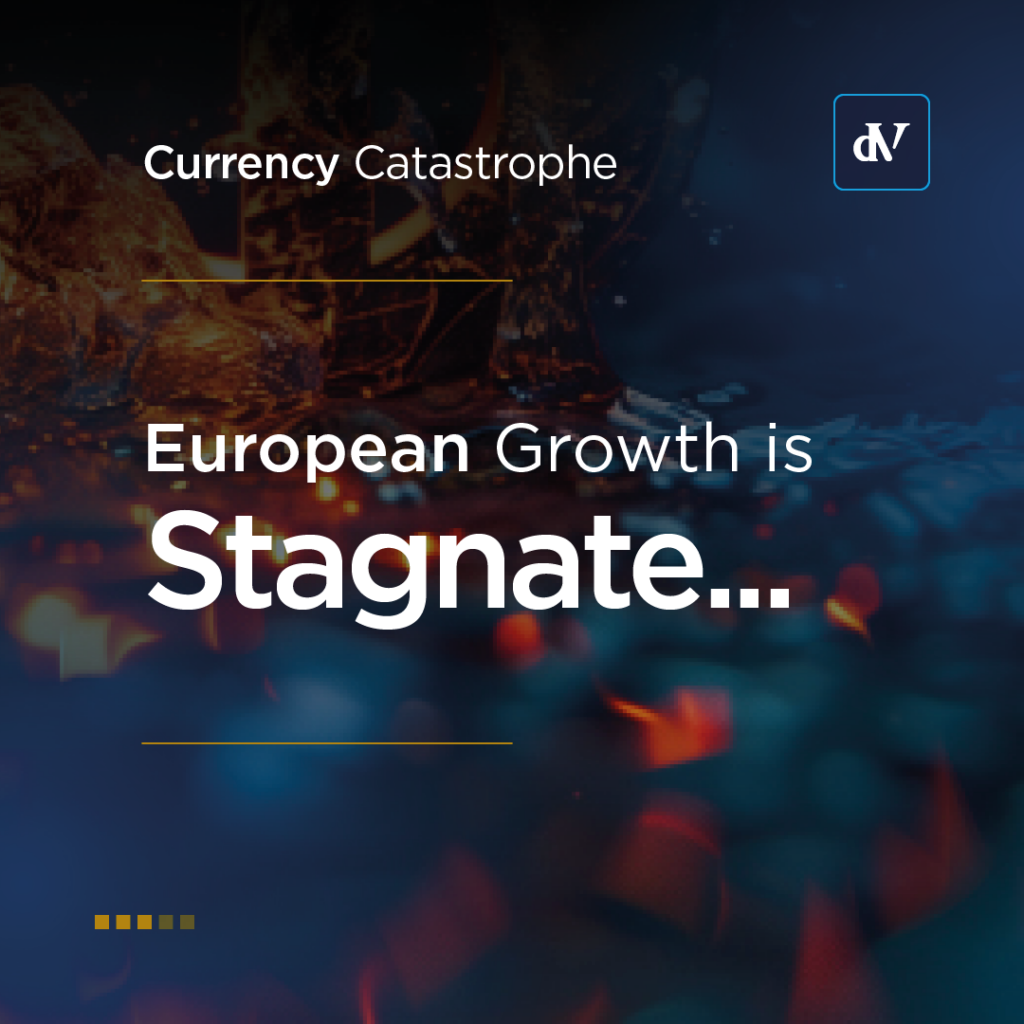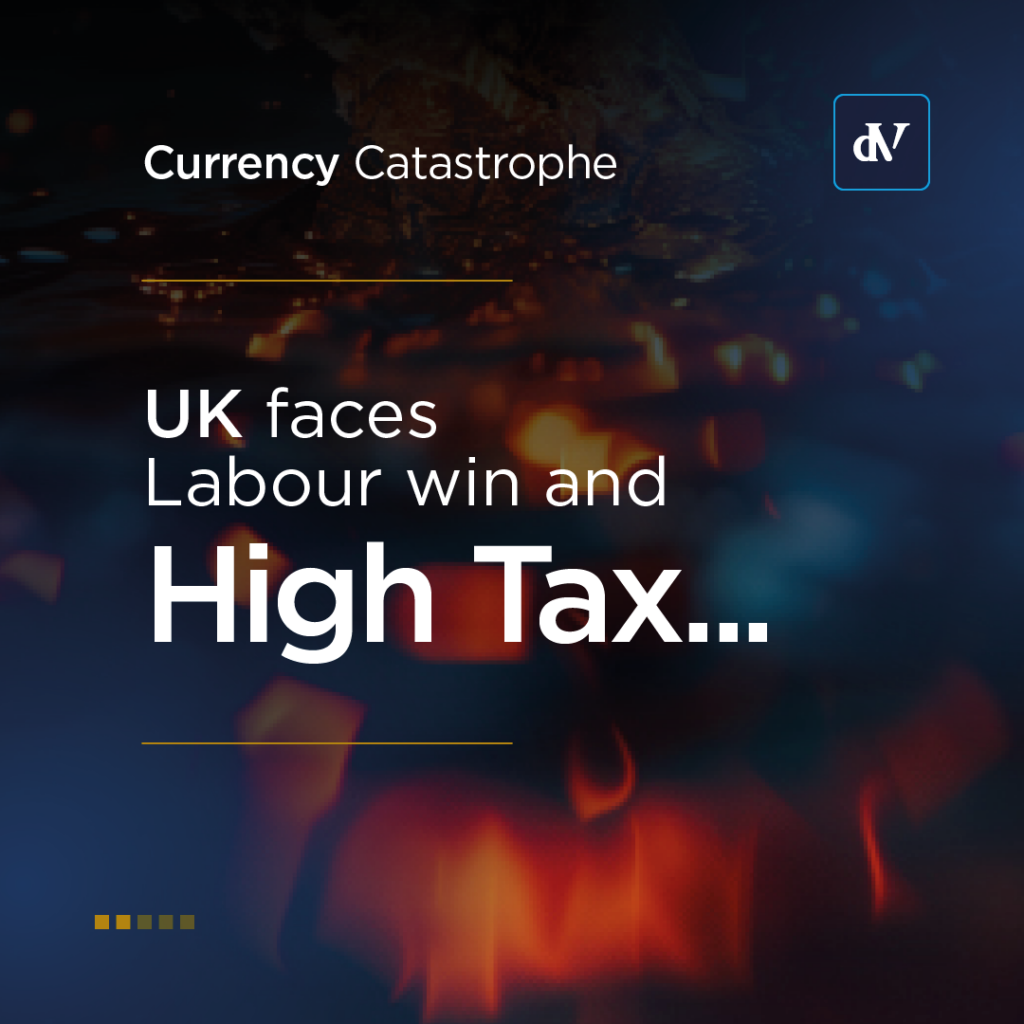|
Getting your Trinity Audio player ready...
|
“A century ago, petroleum – what we call oil – was just an obscure commodity; today it is almost as vital to human existence as water.” – James Buchan.
Oil really does make the world go round – and much like water, we’re willing to pay any price for it. From keeping our car wheels turning to heating our homes and producing our electricity, the production and consumption of oil has come to underwrite modern living. We are in the midst of a volatile global economic situation, within which all the players are jostling for the Texas tea.
Strained relations between the US and Saudi Arabia have been seized upon by China, which has moved to strengthen its relationship with the Saudi Kingdom and other regional powers in the Middle East. The Asian superpower has brokered a reproachment between Saudi Arabia and Iran, a Russian ally, accelerating a geopolitical realignment with deep ramifications for the price of oil.
In April, Saudi Arabia, in conjunction with other major oil-producing nations, announced a ‘surprise’ cut in oil production. The agreement saw production slashed by a total of 1.5 million barrels of oil a day. Some analysts forecast that the move could see oil prices jump $10 a barrel.
The announcement saw an immediate spike in the oil price, with the cost per barrel jumping from $79 to $84 overnight. The move follows a worsening of US-Saudi relations, but the kingdom is thought to be recalcitrant about pushing the issue further, knowing they rely on the US for key strategic functions, not least keeping their F-15 jets airborne.
The Energy Information Administration, a US government agency, has said global oil usage will be higher than previously thought. The revised forecast comes after China abandoned its zero-Covid policy, which is set to restart the country’s economy. Resultingly the EIA expects oil consumption to average 100.9 million barrels per day in 2023, with most of the growth driven by non-OECD nations.
However, the EIA predicts a fall in crude oil prices in the second quarter of 2023, despite supply-side limitations and growing demand. The agency says that growing oil inventories and changes in distillate flows to Europe, as the EU finds new means of sourcing oil, will see oil fall from $84 per barrel to $81 from the first to the second quarter of 2023.
As Reuters reports, the EU is now buying more oil from West Africa, Norway, Kazakhstan and others, with Kazakhstan now siphoning oil to Germany directly through the Druzhba pipeline, and Norway surging production by as much as twenty per cent at some refineries. The move away from Russia as a supplier sees spiralling prices curtailed, and Russian imports to the EU fall from 4 million barrels of oil per day in 2022 to just 600,000.
In February the EU imposed a price cap of $60 per barrel on imports of Russian seaborne crude to its member states. While the move has inflated prices in line with analyst predictions – Matthew Sherwood of EIU had predicted prices “in the 80s or even higher” – it has not totally stymied the flow of oil, or seen prices rocket.
The IEA said the main effect of the sanctions was to curb Russia’s revenue-making capacity:
“This indicates that the G7 sanctions regime has been effective in not restricting global crude and product supplies, while simultaneously curtailing Russia’s ability to generate export revenue.”
Growth in US shale gas is also serving to exert downward pressure on the oil price as it exports the alternative to petroleum to allied nations. Texas-based analyst David Blackmon has said this expansion in production serves as a de facto offset to reductions in the supply of oil. Though he cautions not to rule out the unexpected, he projects that 2023 will, barring a drastic intervention, see oil prices abide by the status quo.
The Russian invasion of Ukraine saw oil prices soar as the sanctions imposed by Western powers cut both ways. The year intervening the day of the invasion and now has seen a surge in US shale production, and the EU sourcing new oil suppliers, serving to negate losses in oil imports from Russia.
However, the abandonment of the zero-Covid policy in China and a burgeoning India will see global demand increase. The demand side pressures coincide with an unexpected slashing of production by OPEC countries – and though this is expected to exert upward pressure on prices, the expectation among analysts is that the price will remain relatively stable, with the potential of climbing into the high 80s through 2023.




